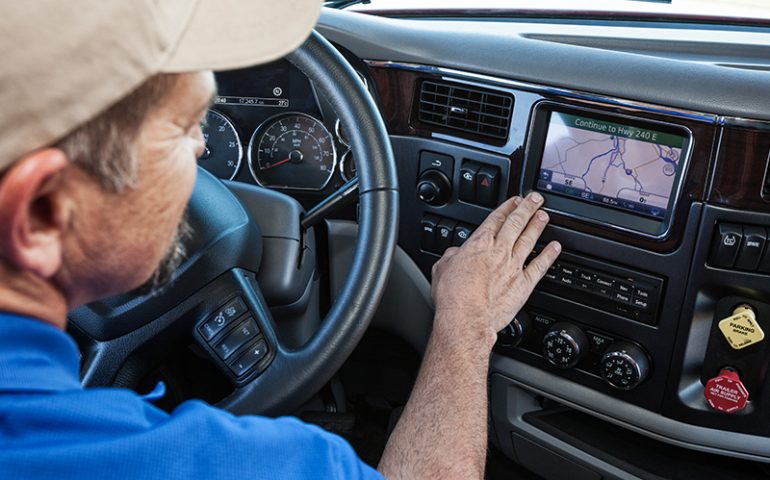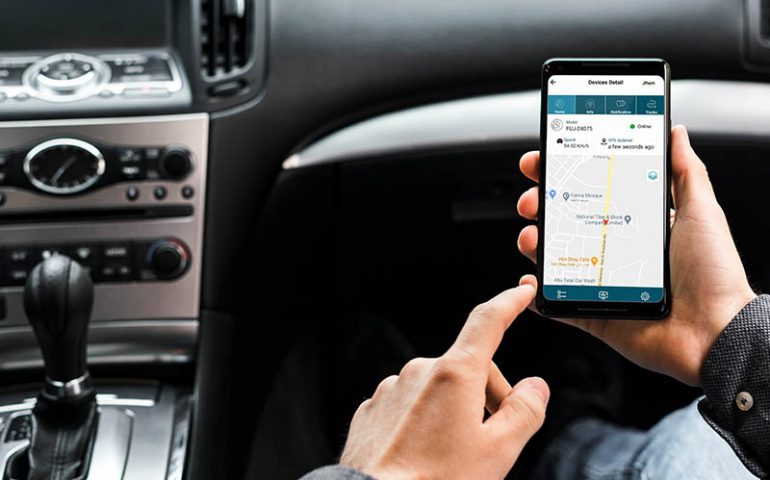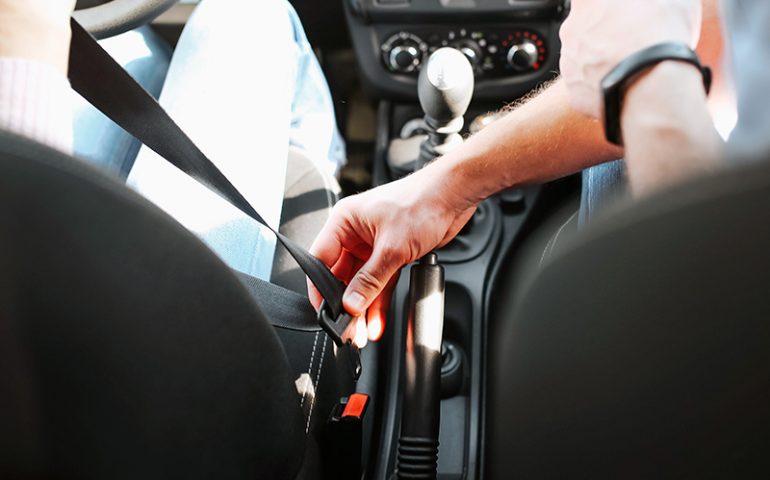How Does A GPS Tracking System Work?
GPS technology was a massive breakthrough in the technology world. It created a huge buzz globally when the masses came to know of this innovative technology. Nowadays, it is the center of many modern solutions like fleet management systems. Telematics is a multi-billion industry, and its integral component is GPS tracking. Fleet companies around the world rely on tracking software to monitor their vehicles.
How does a GPS tracking system work? If you want to know the answer to this question, this blog will help you out.
What is GPS Tracking?
GPS is the abbreviation for Global Positioning System. Basically, it is a satellite network containing 24 satellites orbiting the earth. The history of GPS stretches back to the 1960s, when it was created for military applications. In 1983, it was made available for the public, followed by many more advancements in the technology.
GPS tracking is tracking the location of an object with the help of GPS. It identifies the longitude, latitude, speed, and direction of an object. The GPS tracking works on the basis of three data sets:
- Timing
- Positioning
- Navigation
How does it work?
The GPS satellites in space broadcast their locations, which are received by a receiver on earth. GPS tracking devices on earth receive these signals and perform an operation called trilateration. The master control station monitors the process to estimate the accurate location. However, for trilateration to occur, a minimum of four satellites should send signals. A greater number of satellites increases the accuracy of the location. Therefore, a bigger satellite system means more authentic location tracking compared to a smaller one.
Read Also: The Most Important GPS Tracking features to look for
Main Components of GPS Tracking System:
Typically, there are three main components of a GPS tracking system.
- GNSS:
GNSS (Global Navigation Satellite System) is a network of satellites revolving around the earth. These satellites transmit microwave signals to GPS devices that provide information about speed, time, and location. GNSS includes GPS, Beidou, GLONASS, and other types of satellite systems.
- GPS Tracking Device:
You can install a tracking device in an object for monitoring its location. It sends information like location and speed to the monitoring software through a server. The latest tracking devices track a lot more than just location. From temperature and pressure to RPM, modern trackers detect everything.
- Tracking Software:
Tracking software holds great importance as it shows the information to the user. It displays location, speed, time, and many other details. In the fleet business, the managers monitor the activity of different vehicles through the tracking software.
Types of Tracking Devices:
Tracking devices are a critical component of the whole location tracking process. They use satellite signals to provide the accurate location of the objects on earth. There are mainly three types of GPS tracking devices:
- Data Pushers:
Data pushers are used for personal tracking or asset tracking. The object’s location is sent to a server after a regular time interval to store and examine data. While tracking the vehicles, the data pushers send the location and speed to the server. The server analyzes the coordinates and stores an accurate value in the device.
- Data Pullers:
Data pullers are also used for the location tracking purposes like data pushers. However, they do not send data to the server after a regular time interval. They are always active and you can ask them to send the location. A user has to send a query to data pullers whenever they need to know the object’s location.
- Data Loggers:
The data loggers are the devices that store data about the objects’ location in their internal memory. As they contain a USB port or a memory card slot, the user can manually fetch the required data from them. Thus, data loggers allow the users to extract data according to their requirement.
GPS tracking systems have widespread applications in the telematics industry. They are continually evolving with the changing needs of the market. However, its basic functionality remains the same, which we have discussed in the above blog.







